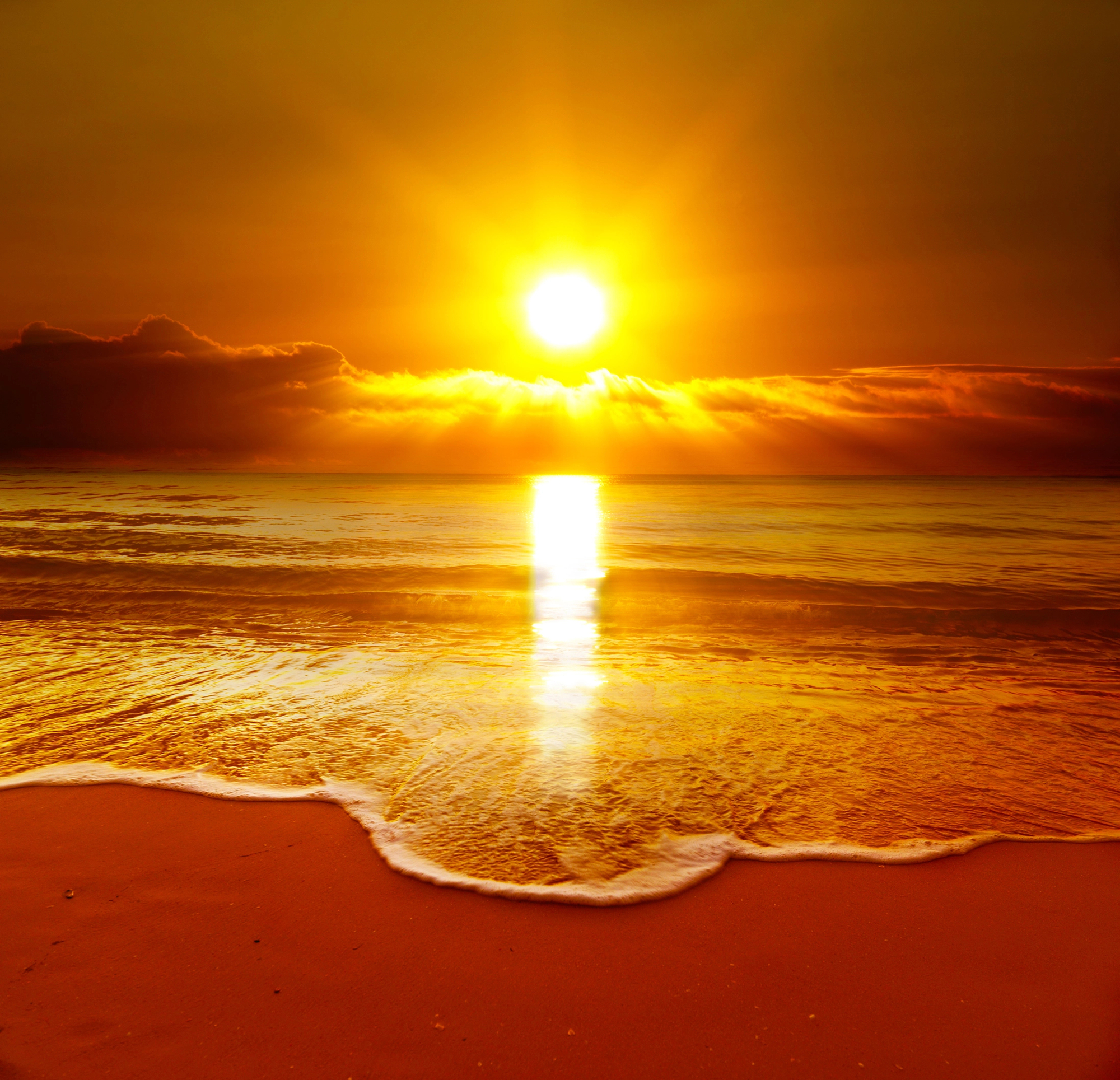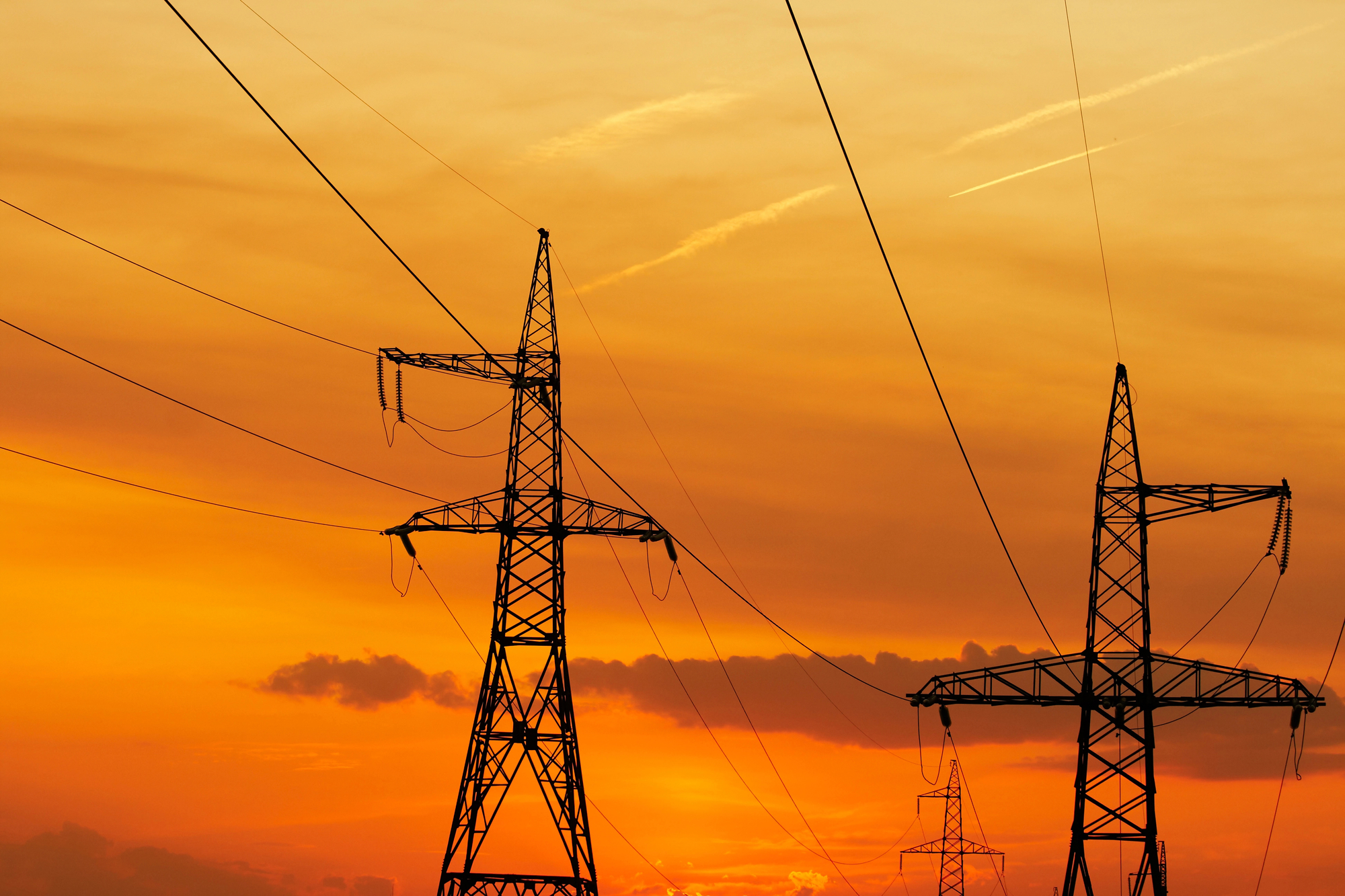It’s your last chance to benefit from the federal 30% solar residential tax credit soon, as it is ending on December 31, 2025. Since it’s already October, that leaves little time for PSEG paperwork and building permit processing to be completed in time for system installation by that deadline.
ADD MORE PANELS OR UPGRADE: If you increased your electricity consumption and would like to add more panels to your existing residential system, or if you’re thinking of a system upgrade to more efficient solar panels and newer equipment, let us know ASAP so that’s done in time as well.
TELL YOUR FRIENDS: If you already have solar, tell a friend, neighbor or colleague to contact us for a free solar energy proposal and, after their system is installed, earn a referral fee.
NOW…FEDERAL RESIDENTAIL SOLAR TAX CREDIT
The federal solar residential tax credit was to legislated to be in place for 10 years, through 2032, but was abruptly cancelled after only 3 years when the new tax bill was passed this July. Its demise – and particularly the suddenness of it, without a manageable phase-out period, came as quite the surprise to the solar energy industry, since the federal solar tax credit was first enacted in 2005 under a Republican administration and was continuously extended and updated with ongoing bipartisan support ever since.
In short, since the deadline is looming, homeowners need to sign up for solar NOW! Simply click here for your free, no obligation solar energy proposal or call us at 516-695-1000 or e-mail us at info@builtwellsolar.com.
SOON…FEDERAL COMMERCIAL SOLAR TAX CREDIT
While the residential 30% solar tax credit ends at the end of this year, the 30% federal Investment Tax Credit (ITC) for commercial solar is being curtailed slightly less abruptly, but commercial solar projects are larger and take longer to complete.
Under the new law, the ITC no longer extends through 2032, but instead the timeline is considerably reduced, requiring construction to begin by July 4, 2026 or the project to enter service by the end of 2027 to qualify. This means that building owners and other commercial entities considering solar need to act soon to ensure that they will benefit from this powerful incentive.
As for non-profits making the switch to solar energy, the same timeline as that of commercial solar applies, but in their case for the “direct pay” mechanism which enabled those with no tax liability to apply for reimbursement equal to the value of the tax credit, so non-profits also need to get off the fence before it’s too late to benefit.
Built Well Solar is doing all it can to assist our customers to meet the deadlines involved, dependent on the cooperation for speedy processing on the part of PSEG and local building departments to do what’s best for the consumer as well. READ MORE
Please consult your owner tax advisor. Built Well Solar does not provide tax advice.










